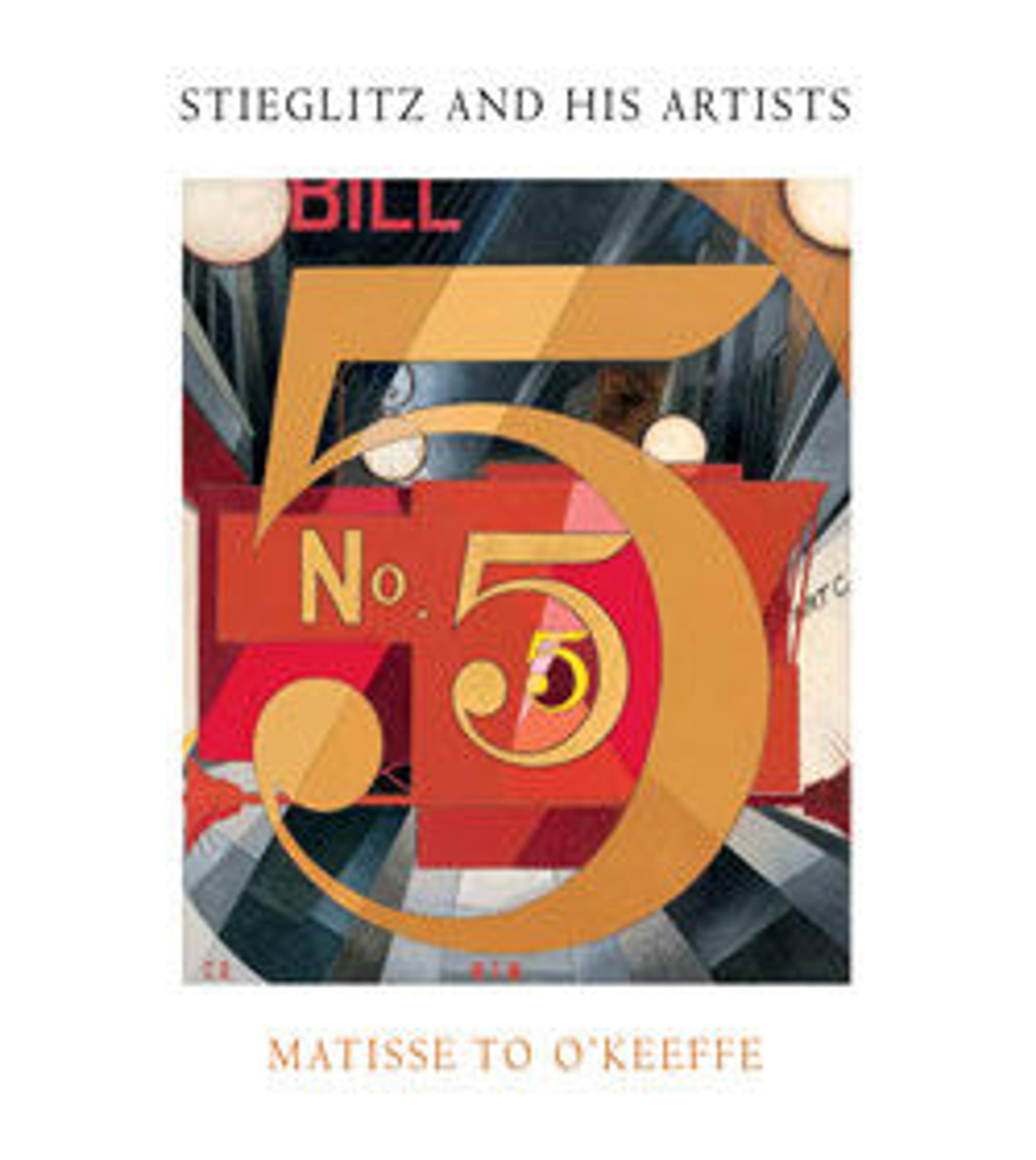Negro Song I
Over the course of his nearly fifty-year career, the protean avant-garde artist Francis Picabia hopscotched across modernist styles and genres, from geometric abstraction to pseudo-classicism, and from painting to poetry and film. Though he remains closely associated with Dada, he drew on the pictorial innovations of Cubism in the early 1910s to paint dynamic arrangements of abstract fragments in jewel-like color.
Initially active in Paris, Picabia sought refuge in New York City as World War I raged in Europe. He arrived in January 1913, just after the opening of the legendary International Exhibition of Modern Art, known as the Armory Show, in which he exhibited several paintings. The city was a source of deep inspiration for Picabia, who proclaimed that he would make a new series of works to "express the spirit of New York as I feel it, and the crowded streets of your city as I feel them, their surging, their unrest, their commercialism, and their atmospheric charm." Within weeks of arriving, he had produced a number of watercolors capturing the energy and noise of the city, this one among them.
Negro Song I responds to Picabia’s experience at a Harlem cabaret, where he heard the vocal improvisations of a Black jazz singer. The artist translated that musical dynamism into a visual vocabulary of geometric shapes, accumulated in the center of the sheet and rendered in deep-toned hues of brown and purple. (Picabia made a synesthetic claim for purple as "the inevitable and dominant hue" resulting from the song he had heard).
Soon after completing his New York watercolors, Picabia received his first solo exhibition in the United States at 291, the gallery run by artist and dealer Alfred Stieglitz in midtown Manhattan. The show opened on March 17, 1913, two days after the close of the Armory Show. Among the works presented were two watercolors made in reaction to African American music, both exhibited with the title Negro Song. These incorporate a now outdated and derogatory term to denote persons of Black African heritage, though it was common at the time. That Picabia visited Harlem, then made and exhibited these works in a matter of weeks owes to his chosen medium of watercolor. Inexpensive, quick-drying, and fluid, it allowed for more direct expression in comparison to oil paint. The counterpart to this sheet, Negro Song II, is also held in The Met collection.
Initially active in Paris, Picabia sought refuge in New York City as World War I raged in Europe. He arrived in January 1913, just after the opening of the legendary International Exhibition of Modern Art, known as the Armory Show, in which he exhibited several paintings. The city was a source of deep inspiration for Picabia, who proclaimed that he would make a new series of works to "express the spirit of New York as I feel it, and the crowded streets of your city as I feel them, their surging, their unrest, their commercialism, and their atmospheric charm." Within weeks of arriving, he had produced a number of watercolors capturing the energy and noise of the city, this one among them.
Negro Song I responds to Picabia’s experience at a Harlem cabaret, where he heard the vocal improvisations of a Black jazz singer. The artist translated that musical dynamism into a visual vocabulary of geometric shapes, accumulated in the center of the sheet and rendered in deep-toned hues of brown and purple. (Picabia made a synesthetic claim for purple as "the inevitable and dominant hue" resulting from the song he had heard).
Soon after completing his New York watercolors, Picabia received his first solo exhibition in the United States at 291, the gallery run by artist and dealer Alfred Stieglitz in midtown Manhattan. The show opened on March 17, 1913, two days after the close of the Armory Show. Among the works presented were two watercolors made in reaction to African American music, both exhibited with the title Negro Song. These incorporate a now outdated and derogatory term to denote persons of Black African heritage, though it was common at the time. That Picabia visited Harlem, then made and exhibited these works in a matter of weeks owes to his chosen medium of watercolor. Inexpensive, quick-drying, and fluid, it allowed for more direct expression in comparison to oil paint. The counterpart to this sheet, Negro Song II, is also held in The Met collection.
Artwork Details
- Title: Negro Song I
- Artist: Francis Picabia (French, Paris 1879–1953 Paris)
- Date: 1913
- Medium: Watercolor and graphite on paperboard
- Dimensions: 26 1/8 × 22 in. (66.4 × 55.9 cm)
- Classification: Drawings
- Credit Line: Alfred Stieglitz Collection, 1949
- Object Number: 49.70.15
- Curatorial Department: Modern and Contemporary Art
More Artwork
Research Resources
The Met provides unparalleled resources for research and welcomes an international community of students and scholars. The Met's Open Access API is where creators and researchers can connect to the The Met collection. Open Access data and public domain images are available for unrestricted commercial and noncommercial use without permission or fee.
To request images under copyright and other restrictions, please use this Image Request form.
Feedback
We continue to research and examine historical and cultural context for objects in The Met collection. If you have comments or questions about this object record, please contact us using the form below. The Museum looks forward to receiving your comments.
